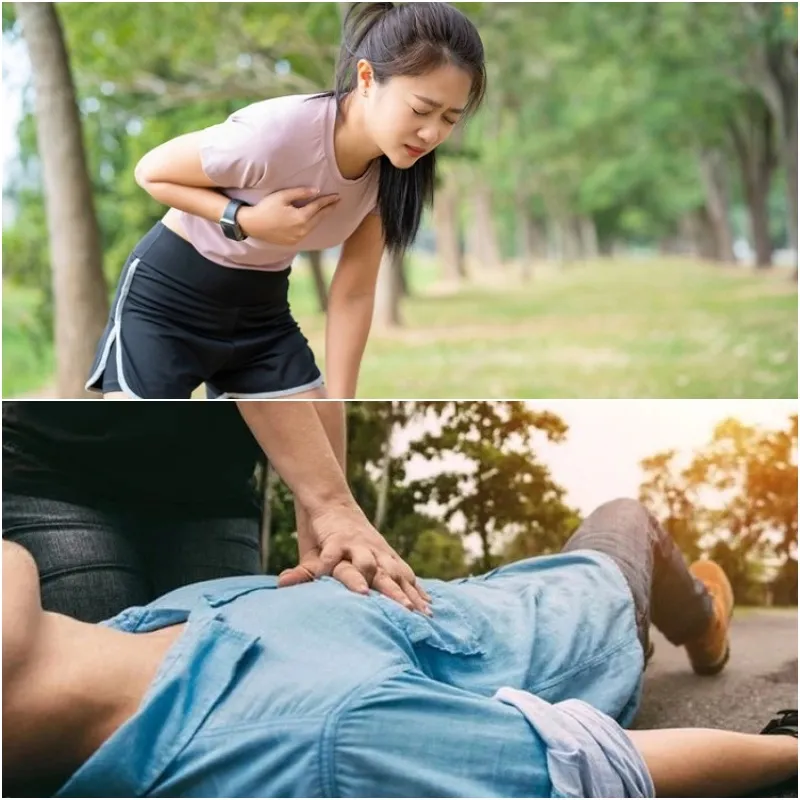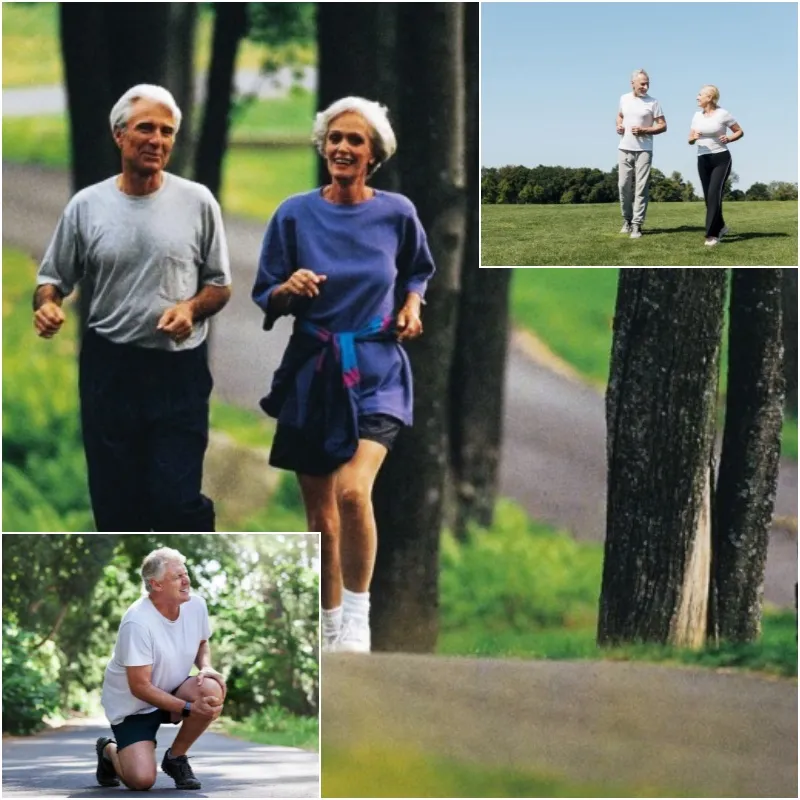
5 Common Misconceptions About Running
Running is a popular sport, but there are many misconceptions that can confuse beginners. Here are five of the most common myths:
1. Running a lot will wear out your knees

Recent research shows no link between running and knee osteoarthritis. In fact, many people who don’t run still develop early knee degeneration. Osteoarthritis is often caused by weak muscles and ligaments, leading to joint imbalance and damage. On the contrary, regular runners with proper technique develop stronger muscles and ligaments, which help protect their knees from long-term impact.
2. Running doesn’t require much knowledge

For short runs of 2-3 km, this might be true. However, for those aiming to run longer distances or participate in races, having knowledge about proper shoes, nutrition, and training routines is essential. Beginners can benefit from joining a running class or group to learn from experienced runners.
3. The more you run, the better it is for your health

The optimal amount of exercise is 150 minutes per week (about 30 minutes per day, 5 days a week). Running excessively doesn’t provide additional health benefits and can be harmful without proper training methods. Marathon runners, in particular, should follow a well-planned routine that includes rest and recovery.
4. Long-distance running increases the risk of sudden death

The risk of sudden death in marathons is around 1 in 50,000 in the U.S., compared to 75 in 50,000 in the general population, showing that the risk is minimal. However, those preparing for marathons should undergo cardiovascular screenings to detect potential risks. Proper training and nutrition also play a key role in ensuring safety.
5. Older adults shouldn’t do speed workouts

Older adults can still perform high-intensity running workouts as long as they follow the 80/20 rule, meaning 80% of their training is at low to moderate intensity and 20% at high intensity. It’s important to gradually increase weekly training loads, usually by no more than 10% each week, to prevent injuries.






